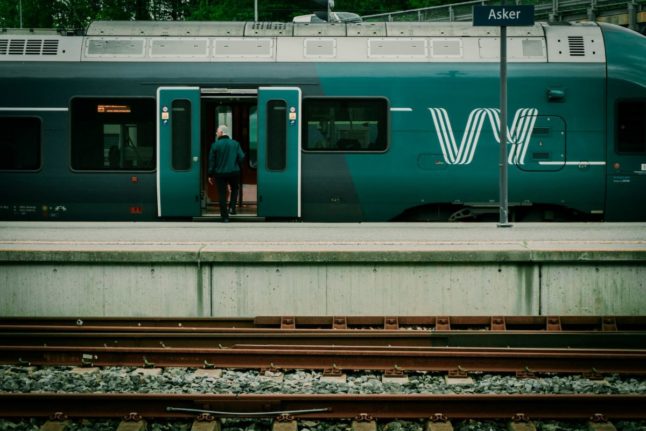From December 10th, there will be twice as many daily rail journeys from Gothenburg and Oslo, the Norwegian state-owned rail company Vy has announced.
“We have great faith in this section, which is an important transport link between Norway and Sweden. Not least, it is a starting point for many train journeys further on in Europe,” Erik Røhne, executive director for Vy, said.
“With this increase, the offer between Oslo and Gothenburg will be significantly improved,” he added.
There will be seven departures from Oslo to Gothenburg on weekdays and six weekend departures.
The departures from Oslo will leave the central station at 6:11am, 8:14am, 10:14am, 12:14pm, 2:14pm, 3:47pm and 6:10pm.
On Saturdays and Sundays, services will depart at 8:14am, 10:14am, 12:14pm, 2:14pm, 4:16pm, and 6:10pm. The train between Oslo and Gothenburg takes three and a half hours.
Vy has eight daily services from Gothenburg to Oslo planned on weekdays, seven on Saturdays and six on Sundays.
The departures on Monday to Friday will depart Gothenburg Central Station at 6:08am, 8:10am, 10:15am, 12:15pm, 2:15pm, 4:08pm, 6:08pm and 8:10pm.
On Saturdays, the scheduled services head for Oslo at 8:10am, 10:15am, 12:15pm, 2:15pm, 4:08pm, 6:08pm and 8:10pm. The Sunday services will leave at the same times, but there will not be a 8:10pm departure.
Vy releases tickets 90 days before the departure date, meaning tickets for the first services as part of the expanded schedule are already on sale.



 Please whitelist us to continue reading.
Please whitelist us to continue reading.
Member comments